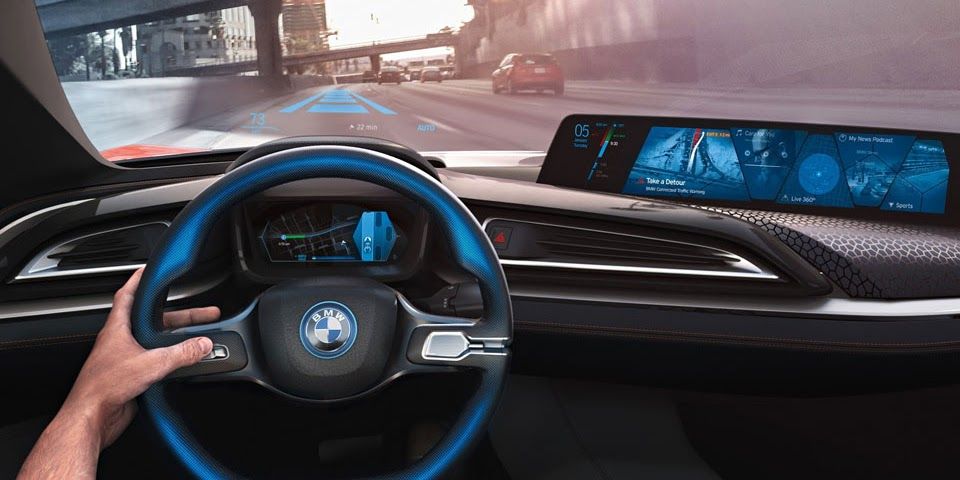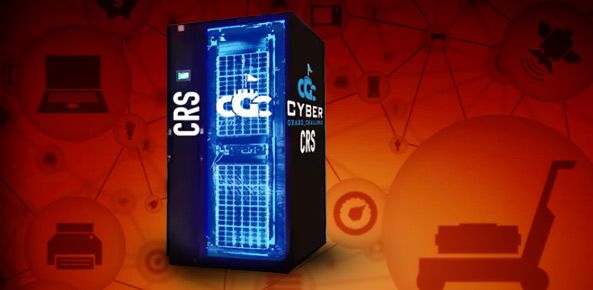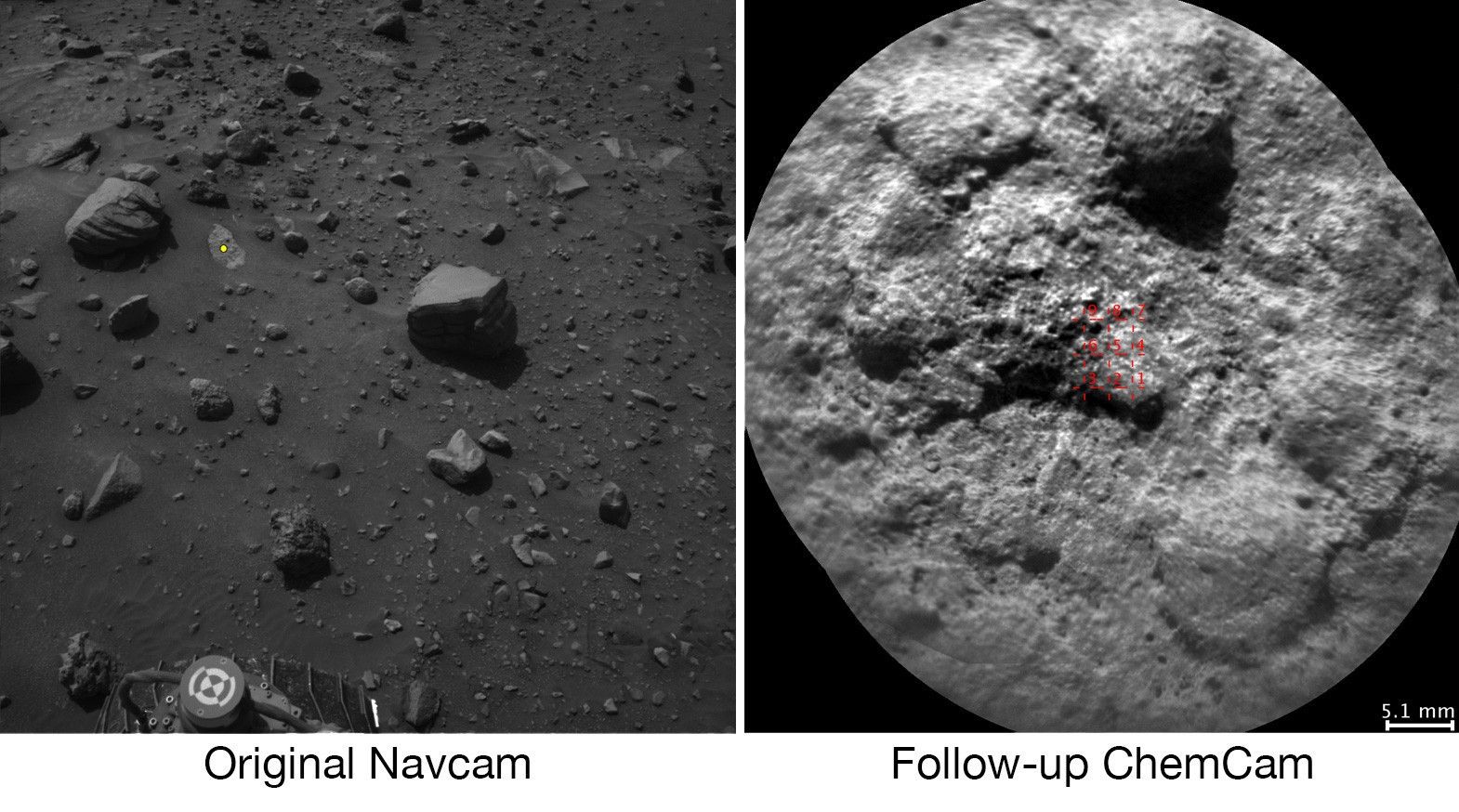Dr. Demis Hassabis is the Co-Founder and CEO of DeepMind, the world’s leading General Artificial Intelligence (AI) company, which was acquired by Google in 2014 in their largest ever European acquisition. Demis will draw on his eclectic experiences as an AI researcher, neuroscientist and video games designer to discuss what is happening at the cutting edge of AI research, including the recent historic AlphaGo match, and its future potential impact on fields such as science and healthcare, and how developing AI may help us better understand the human mind.
Watch More Videos From Singularity Lectures
Full lecture video below




